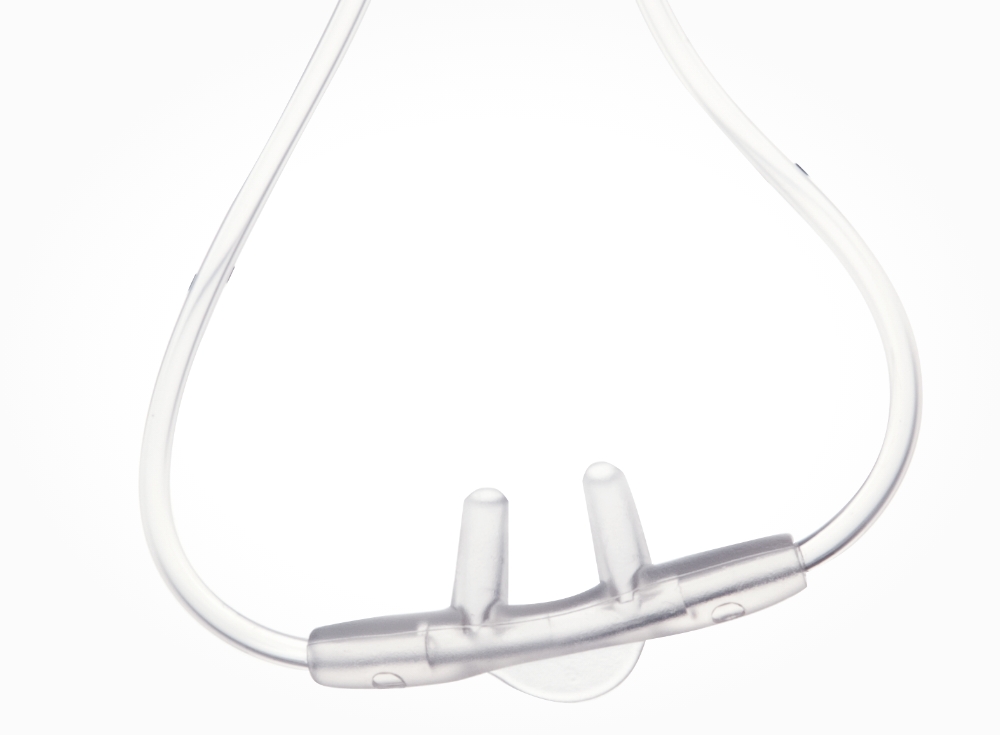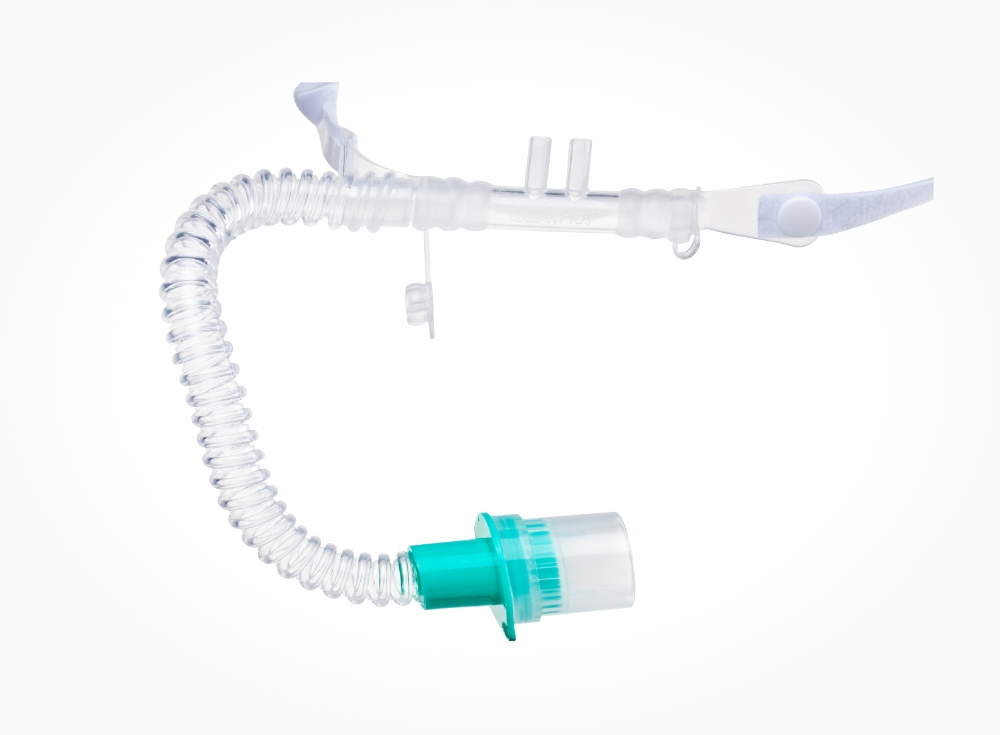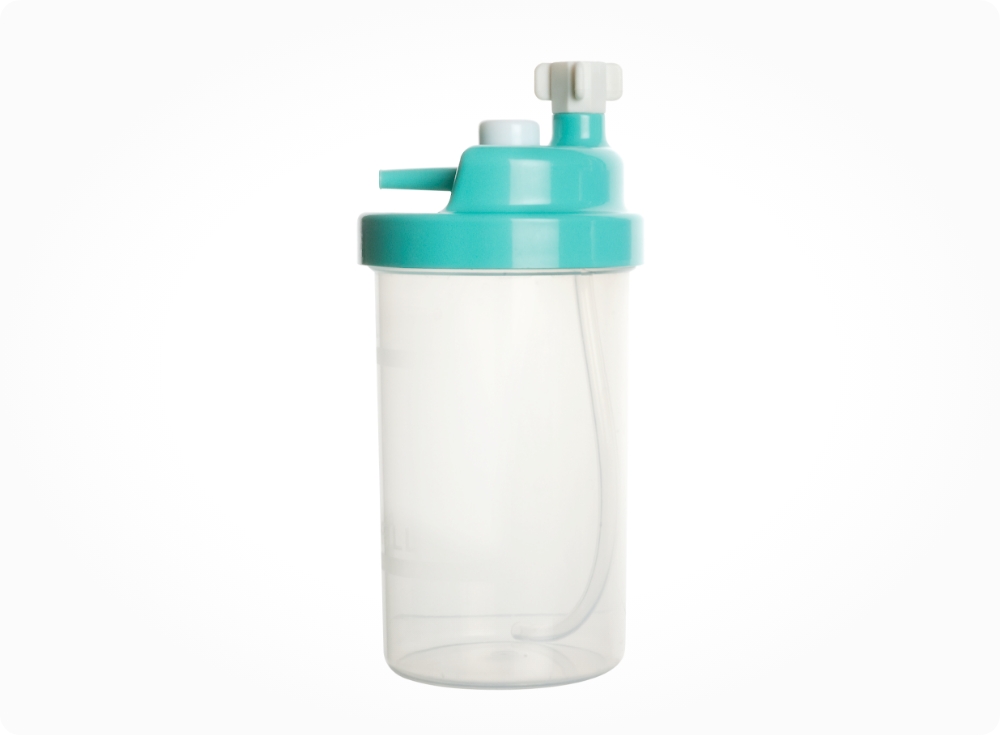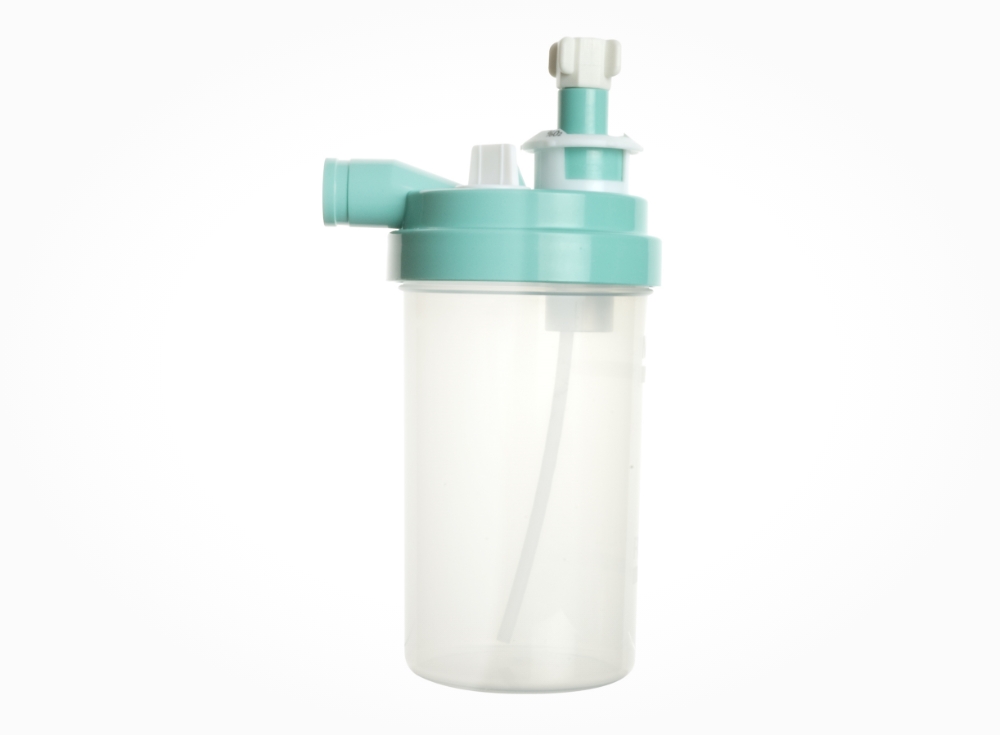Comprehensive Approaches to Oxygen and Aerosol Delivery in Respiratory Care #

Oxygen and aerosol therapies are essential components in the management of respiratory diseases. These therapies are designed to improve oxygenation, enhance lung function, and deliver medications directly to the airways, providing relief and support for patients with various pulmonary conditions.
Oxygen Therapy #
Oxygen is vital for sustaining life. Individuals with respiratory or lung disorders may experience desaturation, a condition characterized by low blood oxygen levels. This can lead to symptoms such as shortness of breath, fatigue, and, if left untreated, potential organ damage. Supplemental oxygen therapy is often required to increase the oxygen available in the lungs and bloodstream, thereby alleviating these symptoms.
Oxygen Nasal Cannula #
Nasal cannulas are widely used for patients who are breathing spontaneously but are hypoxemic. They are commonly employed in emergency departments, general and critical care units, during cardiopulmonary rehabilitation, and for long-term oxygen therapy in home care settings.
Recommended: Softip Nasal Cannula #

Oxygen Mask #
Oxygen masks facilitate the transfer of oxygen from a storage tank to the lungs, delivering higher FiO2 levels than nasal cannulas due to a reservoir effect. It is important to ensure adequate oxygen flow to prevent the accumulation of exhaled carbon dioxide within the mask.
Recommended: Oxi.Plus™ M3 mask #

Tracheostomy Oxygen Mask #
Designed for tracheostomy patients, these masks provide oxygen or aerosol therapy directly through the tracheostomy.
Recommended: OM-4 Trachea Mask #

Venturi Mask #
The Venturi mask mixes oxygen with room air, producing a high-flow, enriched oxygen mixture at a precise concentration using Bernoulli’s Principle. This ensures a consistent and accurate FiO2, regardless of changes in respiratory rate or tidal volume.
Recommended: Fixed Venturi Mask #

High Flow Nasal System #
Nasal high flow systems represent an advanced method of oxygen delivery. By administering a high flow of heated and humidified gas, these systems provide more stable inspiratory oxygen fractions, reduce anatomical dead space, and generate positive airway pressure. This can decrease the work of breathing and improve patient comfort and tolerance.
OxiPLUS™ High Flow Nasal Cannula #
The OxiPLUS™ High Flow Nasal Cannula delivers a blend of oxygen and humidified air at flows up to 60 L/min. It is suitable for adult patients, particularly after extubation, and can enhance oxygenation.
Recommended: OxiPLUS™ High Flow Nasal Cannula #

According to research (Ann Transl Med. 2017 Jul; 5(14): 297), High Flow Nasal Cannula (HFNC) is a promising alternative to standard oxygen and non-invasive ventilation (NIV) for patients with hypoxemic acute respiratory failure (ARF). Its benefits include good tolerance, high FiO2, PEEP effect, and dead space washout, which can reduce the work of breathing and potentially prevent lung strain. Recent studies have shown improved mortality and reduced intubation rates in severe hypoxemic ARF patients using HFNC. While NIV can improve oxygenation, it may also cause high tidal volumes and ventilator-induced lung injury when delivered via face mask. Alternative approaches, such as helmet NIV with high PEEP and low pressure support, may be less harmful, but further large-scale studies are needed.
Aerosol Therapy #
Aerosol therapy, or inhalation therapy, is a modern approach to treating respiratory diseases by delivering medication directly into the airways, bypassing the need for oral tablets or liquids. The primary goal is to enhance lung function and ease breathing difficulties associated with respiratory conditions.
Bubble Humidifier #
When oxygen therapy is administered at or above 4 liters per minute, active humidification is necessary to prevent mucosal damage from dry air. Bubble humidifiers pass dry air through a diffuser containing sterile or cooled boiled water, humidifying the air before it reaches the patient. This process minimizes discomfort, supports better gas exchange, and maintains mucociliary function.
Recommended: BH-1 Bubble Humidifier #

Large Volume Nebulizer #
Large volume nebulizers provide both oxygen therapy and aerosol delivery, making them suitable for patients on long-term oxygen therapy who require precise oxygen concentrations. These devices connect to a 22F tube cuff breathing circuit, a water reservoir bag, and an oxygen interface, and are compatible with most aerosol masks, tracheal masks, and face tents.
Recommended: Large volume nebulizer #

Small-Volume Nebulizers #
Small-volume nebulizers (SVNs) are widely used in acute care settings. They convert drug solutions or suspensions into aerosols that deposit in the lower respiratory tract, requiring minimal patient cooperation.
Recommended: Nebulizer Kit #

For more information on respiratory care solutions, visit the Respiratory Care section or Contact Us.